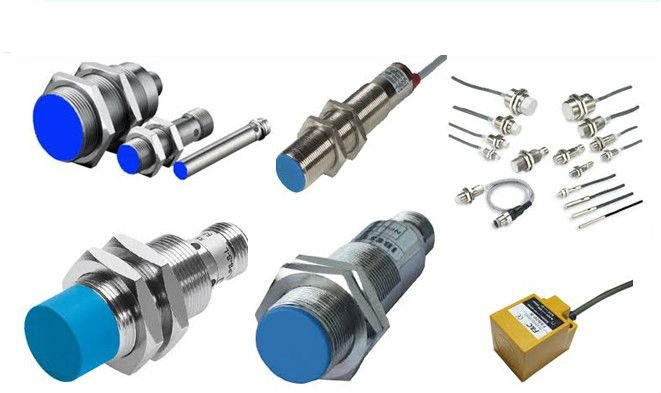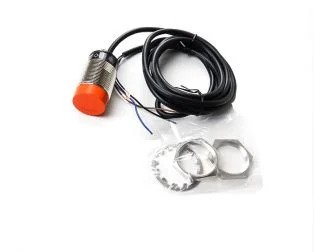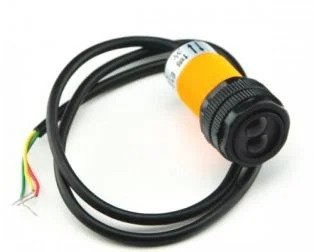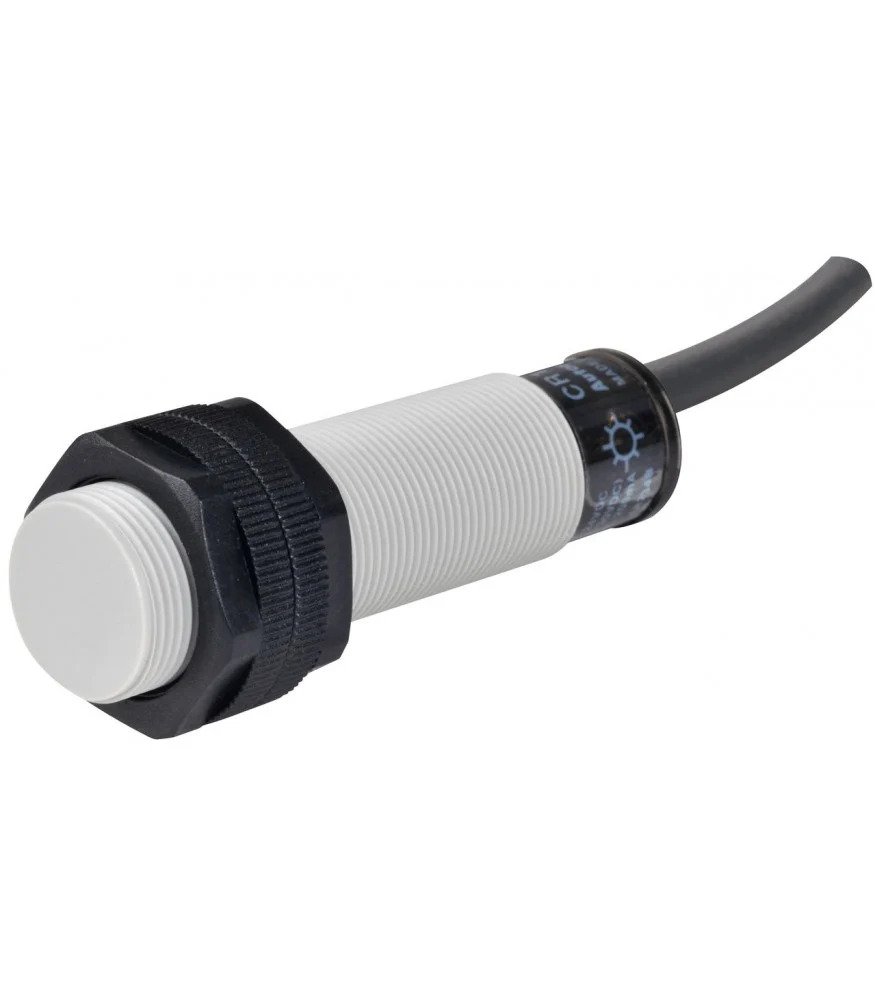Always Fresh Mycouponstock News And Promotions With Our Beautiful Blog

Types of Proximity Sensor :
In the last blog post, we have learned about the basics of proximity sensor and it’s working. Now in this blog we are going to learn about the different types of the proximity sensor, their specifications and working.
In this blog we will learn about the different types of the proximity sensor, their specifications and working.
In the last blog post, we have learned about the basics of proximity sensor and it’s working. Now in this blog we are going to learn about the different types of the proximity sensor, their specifications and working.
The proximity sensors are available in different categories as per their detection. Some proximity sensors are useful to detect materials; whereas some are useful to detect different environmental conditions upon these classifications proximity sensors types are as follow.
According with the non contact object detection method, there are five types of proximity sensor. They are,
Let, we will discuss basic working principle of these five sensor.

The inductive proximity sensors are useful to detect the metallic object which is present next to their active side. This sensor operate under the electrical principal of inductance; where a fluctuating current induces an electromotive force(EMF) in a target object.
An inductive proximity sensor is a type of non-contact sensor that can detect the presence or absence of metallic objects without physical contact. It operates on the principle of electromagnetic induction and is commonly used in industrial automation and control applications. Here’s how it works:
Inductive proximity sensors are popular in industrial environments because of their many advantages:
Inductive proximity sensors have various applications in industries such as manufacturing, automotive, packaging, and material handling. They are used for tasks like detecting the presence of parts on a conveyor belt, measuring the position of objects, ensuring proper alignment, and many other automation and control functions.

A complete optical proximity sensors includes a light source, and a sensor that detects the light. These sensors detect objects directly in front of them by the detecting the sensor’s own transmitted light reflected back from an object’s surface.
An optical proximity sensor is a type of sensor that detects the presence or absence of an object using light. It works on the principle of emitting light (usually infrared) and then measuring the reflection or absence of that light to determine the proximity of an object. These sensors are commonly used in various applications, including industrial automation, robotics, consumer electronics, and more.
Here’s how an optical proximity sensor typically works:

The capacitive proximity sensors can detect both metallic and non-metallic targets in powder, granulate, liquid, and solid form. The capacitive proximity sensors use the variance in the capacitance of the sensor to concluded that an object has been detected.

Base on the mechanical principle, this sensor only detects the magnetic field(e.g. Permanent magnet). They sense the presence of a magnetic object, commonly referred to as the target. The target, characterized by its magnetic field, triggers the switching process; when it enters the detection range of the sensor.
A magnetic proximity sensor is a type of proximity sensor that detects the presence or absence of a magnetic field in its proximity. It is often used to detect the presence of ferrous or permanent magnet objects, such as metals with magnetic properties. These sensors are commonly used in various industrial and consumer applications for position sensing, object detection, and control purposes.
Here are some key points about magnetic proximity sensors:
Magnetic proximity sensors are valuable tools for detecting the presence or absence of magnetic objects in a wide range of applications. When selecting a magnetic proximity sensor for a specific application, it’s essential to consider factors like the required sensing range, sensitivity, and environmental conditions to ensure reliable and accurate performance.

Ultrasonic sensors emit an ultrasonic pulse which is reflected by objects in its path and the reflected wave enters the sonic cone. They employ sound waves to detect objects, so color and transparency do not affect them( though extreme textures might).
An ultrasonic proximity sensor, also known as an ultrasonic distance sensor, is a type of sensor that uses ultrasonic waves to detect the presence and distance of objects in its vicinity. It’s a non-contact sensing technology commonly used in various applications, including robotics, automation, and security systems. Here’s how it typically works:
Ultrasonic proximity sensors have several advantages, including the ability to detect a wide range of objects, regardless of their material, color, or transparency. They are also not affected by ambient light conditions, making them suitable for various environments. However, they may have limitations in accurately detecting small or very thin objects and may not work well in highly reflective or acoustically noisy environments.
These sensors are commonly used in applications such as obstacle avoidance in robots, parking assist systems in vehicles, liquid level measurement, and various industrial automation processes where precise distance measurement is required.
To understand more about these sensors, please refer the below comparison table:
| Types | Inductive sensor | Optical sensor | Magnetic sensor | Capacitive sensor | Ultrasonic sensor |
| Principle | It uses current induced by magnetic fields to detect nearby metal objects | An optical sensor converts light rays into an electrical signal | Based on a mechanical principle detected the magnetic field | Base on an electronic principle where an electrical field is produced on the active side | Based on an ultrasonic source and receiver in the same device |
| Material detected | Metallic only | All material | Magnet | All material | All material |
| Operating distance | Low:<50mm | Medium:<100mm | Medium:<80mm | Low:<50mm | Large:15m |
| Robustness to vibration | High | High | Hall-effect: HighReed-techno : Low | High | Low |
| Cost | Low | Medium | Low | Medium | High |
| Sensitivity | Any | Dust, oil, aspect of object | Hall effect-sensitive EMCReed techno- magnetic field disturbances | Humidity& vapors | Air flow& temperature variation |
| Applications | 1.Machine- tolls, assembly line, automative industry2.Detection of metal parts in harsh environments3.High speed moving parts | 1.Object detection on conveyor2.Carton counting3.Product sorting4.Contrast detection | 1. Object detection | 1. Final inspection on packaging lines2.Measurements of the filling level of the liquids or granuals through the walls of plastic or glass tanks | 1.Passage of objects on conveyor: glass bottles, cardboard Packaging2.Filling level of liquids in a bottle or of granulatesin a plastic injection machine3. Depth of cavity |
What is a proximity sensor used for?
and here is the list of applications,
Hope this article helps you to understand about 5 types of proximity sensor; their specifications and how they work according with their principle.
Tags : capacitive proximity sensor , comparison of proximity sensor , Inductive proximity sensor , magnetic proximity sensor , photoelectric proximity sensor , Proximity sensor , sensors , types of proximity sensor
Leave Comment